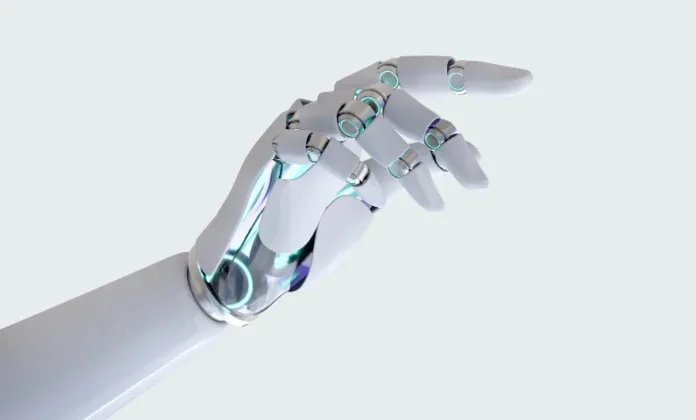An encounter with robotic arms promising relaxation leaves mixed impressions
I am lying face down in a dimly lit room, listening to thumping hip hop while two robotic arms trace the outline of my body on a screen above me. This is not the start of a science-fiction thriller but a suburban spa visit, where I have signed up for a session with an Aescape robot masseuse.
The company markets itself as a pioneer in “lifestyle robotics”, promising to transform the wellness industry with machines that deliver massage programmes tailored to each client. The set-up resembles a padded treatment bed fitted with large, white robotic arms that press and glide along the body. Sessions are priced at around $60 for half an hour, with names such as “Power Up” that claim to leave customers alert and invigorated.
I love traditional massages, so I was curious to see how a machine would compare. After donning compression clothing to help the robot map my body, I settled on the bed as it scanned my frame. A receptionist showed me the emergency stop button, a reassuring if slightly unnerving detail, before leaving me alone with the machine.
The experience began with a menu of options: background music ranging from jazz to rock to a playlist called “brat”, and visual displays on the screen from forests to snowy peaks. I kept fiddling with the settings, distracted by the controls and by the oddly detailed body scan. It felt more like managing a gadget than surrendering to relaxation.
Massage therapists often highlight the importance of human touch, not only for physical relief but also for its psychological benefits. Studies have shown that safe, therapeutic contact reduces anxiety and depression in ways that mechanical alternatives cannot replicate. A massage chair or handheld device might ease sore muscles, but they do not provide the same emotional connection.
Embed from Getty ImagesStill, the Aescape did deliver some relief. The machine’s warmed plastic hands, more like blunt knobs than fingers, pressed firmly into my back. The sensation was pleasant if less precise than a skilled pair of human hands. It was a little like someone leaning their fist into tense muscles — broad, consistent pressure rather than targeted kneading.
Friends had joked that robotic arms might impale me, but the reality was more mundane. My worry was that it might be too gentle, leaving stubborn knots untouched. The truth lay somewhere in between: not life-changing, but effective enough to make me feel looser and ready for a nap.
The company insists its technology is not intended to replace therapists but to supplement them and address staff shortages in the wellness industry. The machine also appeals to those uncomfortable with being touched by strangers. A receptionist noted that some clients prefer the robot for exactly that reason.
When the session ended, I felt calmer and less tense, though not exactly reinvigorated. The Aescape cannot massage feet, hands or scalp, nor can it replicate the surrender of being cared for by another person. But for an affordable, convenient option in a shopping centre, it serves a purpose.
It will not replace my visits to human masseuses, but if I ever emerge from the gym sore and short on time, I might climb back onto that bed of robotic arms. A machine cannot offer the intimacy of touch, but it can press just hard enough to remind me that even in a suburban spa, technology is determined to rub shoulders with tradition.
